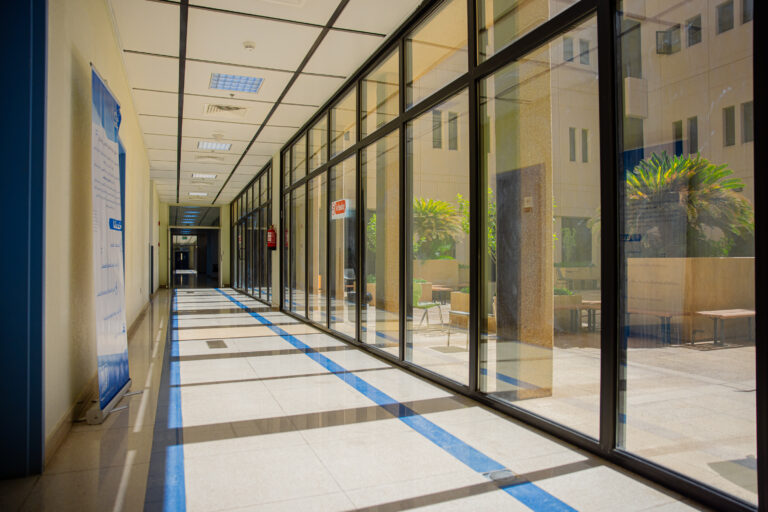Radiologic Technology Department

Head of Department:
Dr.. Dr. Wanyan bin Mohammed Alwanyan
Office :
Buraydah - Qassim University - Building A4 - Floor 2
Phone number :
013020426
e-mail:
amchdr@qu.edu.sa
Vision
Leadership in providing diagnostic and interventional radiology services according to the latest international standards, and excellence in education and scientific research to become an accredited reference in the field of medical imaging.
Mission Statement
Providing advanced education in the field of radiology techniques to prepare qualified radiologists to engage in the labor market, contribute to the field of health care, and provide community services that enhance the local community and contribute to the support and development of health services, through study plans and training programs in various fields of radiology techniques.
An Overview
The approval to open the Department of Radiological Techniques at the College of Applied Medical Sciences was issued on 2/5/1430 A.H. As of the beginning of the second semester of the academic year 1430/1431 AH, corresponding to 2009/2010 AD, the department started teaching and training students scientifically and practically to acquire the necessary skills to successfully practice work in the field of radiology techniques and its various applications. The department's educational programs are implemented through courses that include anatomy and histology, physiology, pathology, fundamentals of medicine, medical computer applications, radiation physics and applied physics in medical technology, modern techniques in diagnostic radiography, ultrasound, magnetic resonance, nuclear medicine, computer tomography, and radiation therapy. Students will be able to create and understand radiological images of various types and work with radiologists, nuclear medicine physicians, and physicians who specialize in examining tumors and other diseases. The department also qualifies graduates to work as medical technologists in the field of diagnostic and therapeutic radiology and medical physics in radiology and medical imaging departments in hospitals and health centers.
Objectives :
1- Preparing qualified cadres in various radiology specialties.
2- Modernizing curricula to keep up with technological developments.
3- Enhancing clinical skills through hands-on training.
4- Encouraging applied research in medical imaging techniques.
5- Publishing scientific research in specialized journals.
6- Participating in scientific conferences and seminars.
7- Providing accurate and fast imaging services.
8- Applying quality assurance programs in radiology departments.
9- Using modern imaging technologies safely and effectively.
10- Raising awareness of the importance of preventive radiological examinations.
11- Participating in community health campaigns.
12- Providing consultations to health institutions.
